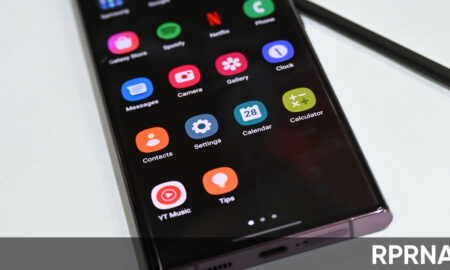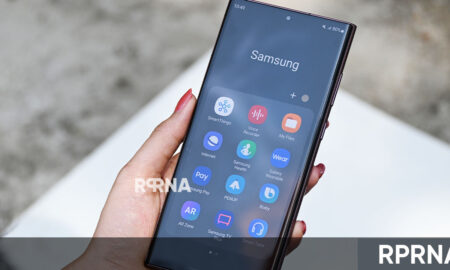Search results for "fixes"
-

 411Apps
411AppsSamsung Wallet App V5.5.30 update fixes transit card issue
Key Points Samsung Wallet app V5.5.24 version update brought Transit card issue. Samsung fixed prompt to re-register transit card bug with a...
-

 428Apps
428AppsSamsung Wonderland App’s new update fixes several issues
Key Points Latest Samsung Wonderland App update arrived with version 1.5.16. It brings improvements and fixes for bugs to optimize the experience....
-

 573Apps
573AppsSamsung Calendar App June 2024 update brings enhancements and fixes
Key Points Samsung Calendar App is receiving a new update. This update fixes the widget screen displaying issue. Samsung has pushed a...
-

 674Apps
674AppsNew Samsung Camera update fixes broken photo issue of Galaxy Tab A8 (2021)
Key Points Samsung Camera App’s new update fixes the broken photo issue of Galaxy Tab A8. It brings improvements and fixes to...
-

 601Apps
601AppsSamsung Internet 26.0.0.19 Beta update brings exciting new features, improvements and fixes
Key Points The Korean tech giant has released a new 26.0.0.19 version Beta update for the Samsung Internet App. This update brings...
-

 871Apps
871AppsSamsung MultiStar App 7.1.33 update brings Maintain split mode, fixes, and more
Key Points MultiStar App allows users to use multiple apps simultaneously in split-screen mode to enhance multitasking capabilities. The latest update of...
-

 888Apps
888AppsSamsung Good Lock App April 2024 update brings improvements and fixes
Samsung Good Lock app recently received a fantastic update in April 2024, bringing with it a bunch of improvements and fixes. To...
-

 1.5KUpdates
1.5KUpdatesApril 2024 update fixes Galaxy S23 Series fingerprint issue
The consumers of the Galaxy S23 series are currently enjoying the advanced features and optimizations of the One UI 6.1 update. Therefore,...
-

 928Updates
928UpdatesFirst Galaxy S24 update rolling out now with camera and display fixes in the US
Samsung has officially started rolling out the first software update for the Galaxy S24 series, which brings a display improvement and some...
-

 692Updates
692UpdatesApple released watchOS 10.3.1 update with fixes and improvements
Apple has recently released a new watchOS 10.3.1 version update which brings with it some regular fixes and improvements to elevate the...
